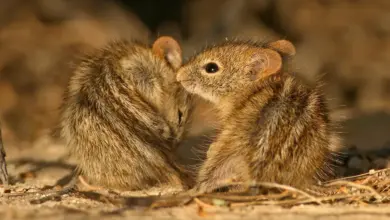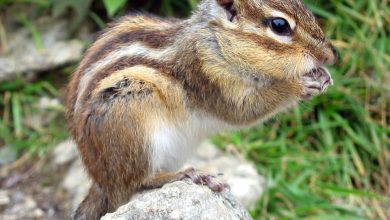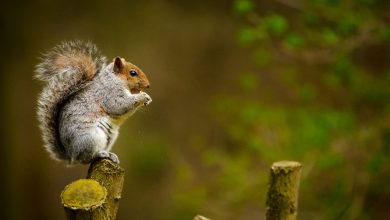What Eats Porcupines?
What Eats Porcupines? What Do Porcupines Eat?
Introduction
The porcupine is most recognized for its ferocious appearance and spiky spikes, which help it defend against predators. This sizable rodent is found in both the northern regions of South America and North America, as well as the “Old World.” Porcupines are consumed by a wide variety of creatures, including scavengers and carnivores.
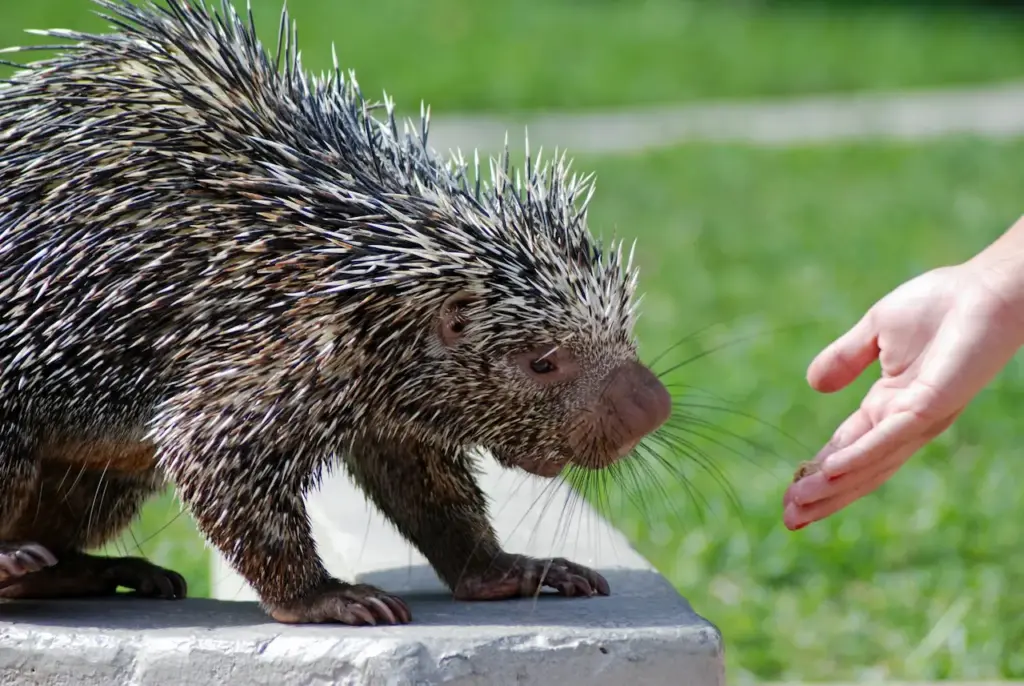
Many animals love porcupines as food despite their sharp quills. The quills are extremely sharp, modified hairs. They are just loosely affixed to the porcupine’s skin, so if it is harmed, they will come free with ease. The porcupine’s quills, which may reach a length of 10 inches, offer superior protection from potential predators.
Some predators may be deterred by the quills, but others are not. Porcupines are preyed upon and eaten by wolves, hyenas, leopards, and lions. By swiftly killing and devouring the porcupine, these animals can evade the quills. So, there is not much time left for the quills to cause harm.
1. Coyotes
In North America, coyotes are widespread and inhabit a range of environments, such as wetlands, woodlands, prairies, and deserts. Usually, coyotes hunt by following their prey until they are in a position to jump.
Even while coyotes are smaller than their grey wolf relatives, they may yet wreak a great deal of damage to homes and feed on other birds and poultry. Their diverse diet enables them to prey on rodents, lambs, rabbits, and hares.
Coyotes have been observed attacking porcupines in pairs, throwing them onto their backs and nibbling on their bellies. It is only known that older, more seasoned coyotes do this; younger coyotes have been observed to hurt themselves on the porcupine quills.
2. Wolverine
The wolverine is a predator that lives in North America and mostly eats porcupines. These are the creatures that are notorious for regularly killing adult porcupines. Wolverines inhabit regions with an abundance of trees in both North America and Canada. Although they are single, they gather as a little family throughout the winter. Because of their great strength, wolverines may easily take down larger animals than themselves.
Wolverines will pursue their prey before making an attack. They may bite the porcupine fatally when they attack, using a powerful bite to the face or neck. They will turn the porcupine over and consume it from the bottom if that doesn’t work. Mice, squirrels, and rabbits are among the numerous creatures that wolverines kill and consume.
3. Great Horned Owls
The huge head and large eyes of the Great Horned Owl, among other unique traits, make their body ideal for hunting. The great horned owl’s ear tufts are black feathers. Its body is adorned with brown and white feathers, which is another unique characteristic. When hunting, this makes it appear to be an invisible thing.
The great horned owl frequently perches on a tree to wait for its prey to approach while hunting porcupines. As soon as the porcupine gets close, its owner swiftly swoops down and uses its powerful talons to seize the neck. As soon as the owl catches the porcupine, it pierces its head and kills it right away.
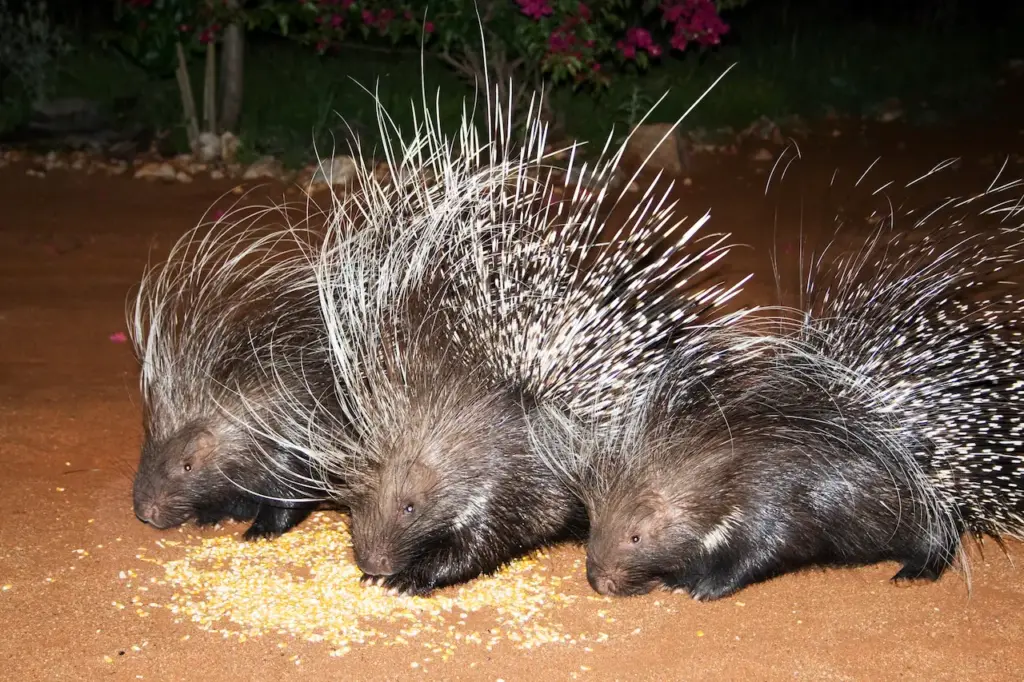
4. Lions and other large cats
The largest predators of porcupines in the Old World, such as in Africa, are all enormous wild cats, particularly lions, who are skilled enough to gently turn the porcupines over and attack them in this manner. Nevertheless, research reveals that porcupines can kill or gravely hurt lions.
A porcupine’s quill can pierce an attacker quite deeply; in one instance, a lion’s quill was discovered to have pierced more than six inches into its snout, almost reaching the brain. Due to this wound, the lion found it difficult to hunt and was unable to remove the quill; as a result, it attacked people, something that lions do not typically do. A researcher proposed that the porcupine’s quill was the reason a lion in that circumstance was attacking a human, and that was the sole reason the animal was acting that way.
Porcupines are particularly tasty to mountain lions in North America, and they are often attacked by them for their meat. There have been rumours that mountain lion assaults nearly wiped out porcupine populations in states like Nevada, where 1997 research revealed that attacks by the animals caused the total number of porcupines to drop from 80 to 5 in just three years.
5. North American Marten
The North American marten, sometimes known as the fisher, is a formidable predator of American porcupines. They can strike the porcupine’s exposed face or figure out a method to turn it over, leaving it defenceless. Because they enjoy the taste of porcupine meat, fishermen are said to be the top predators of porcupines in the United States. They would assault a porcupine to obtain its meat. Because of their size, fishers are better suited to fight porcupines than larger predators, who typically target the vulnerable face while battling the quills on their bodies.
6. Bobcats
In North America, bobcats can be found in both the wild and in desert areas. Being skilled hunters, they can seize any chance to bring their prey under control. Bobcats hunt at night quite a bit. They have several advantages, including superb hearing, vision, and quick movement at night. They are known to attack porcupines, but this is reserved for periods of acute hunger.
7. Cougars
Because porcupines can injure cougars with their quills, cougars usually steer clear of them. To reduce harm, a cougar will probably take cautionary measures if it chooses to hunt on a porcupine. When hunting porcupines, cougars may attempt to turn their prey onto their backs to reach the sensitive underbelly without coming into contact with the quills. Being adept hunters, cougars may use their power and agility to immobilize the porcupine before snatching it.
When the porcupine is rendered helpless, the cougar will probably start by consuming the meat from parts of the animal that aren’t coated in quills, like the head or limbs. They can move around the quills with caution and use their strong jaws to break through bones and get to the meat. They still run the risk of getting quills in their mouths or paws, though, even with caution.
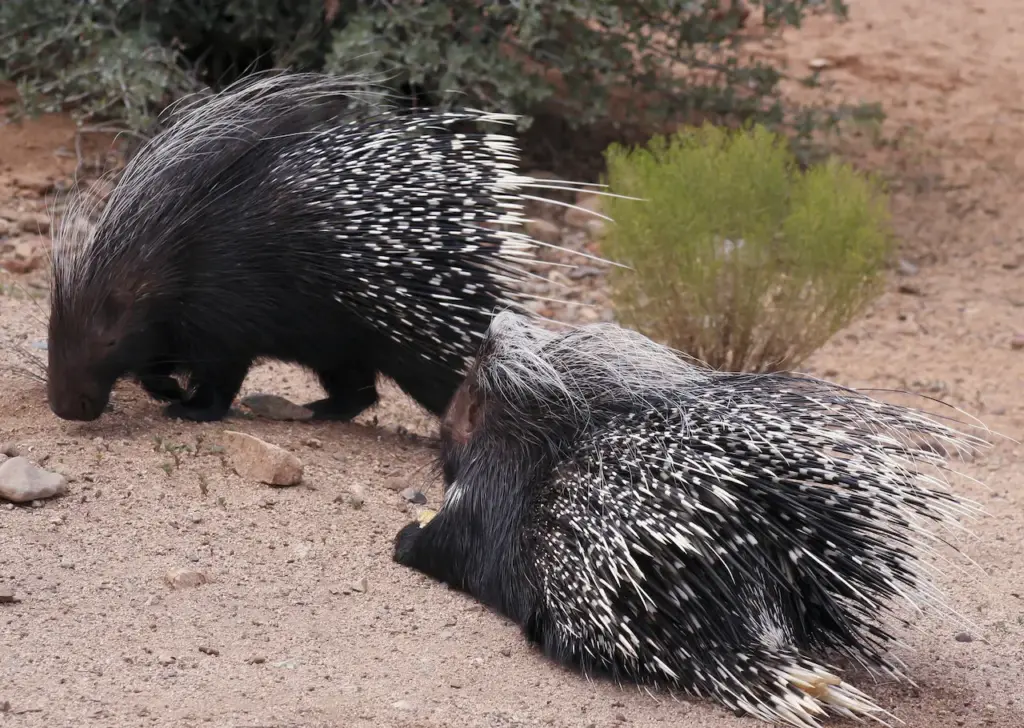
Conclusion
Porcupines are among the longest-living rodents because of their adept self-defence. They typically live for a long time. The longest recorded porcupine lifespan was 27 years. Since most predators are nocturnal and colourblind, porcupines’ numerous adaptations make it simpler for them to live; in fact, their subdued hue may even be more beneficial to them than their spines. In addition, they emit a clattering sound that scares off predators. When they lift their spines, they resemble skunks, which confuses any other animal that could be hunting porcupines.

